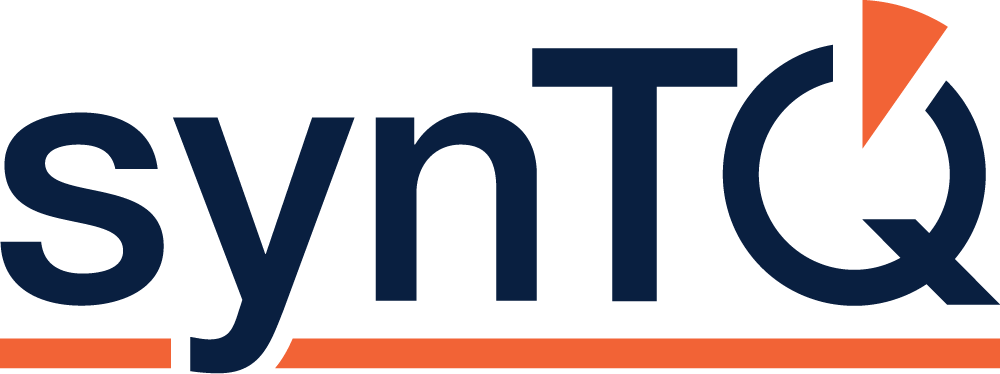Pharmaceutical manufacturers grapple with an array of challenges in today’s industrial landscape, from stringent regulatory requirements to achieving exacting product quality, while minimizing waste and energy usage. Process Analytical Technology (PAT) can help achieve these goals while reducing costs, ultimately enhancing the profitability of pharmaceutical operations.
Chris Vickers, Global Sales Manager at Optimal Industrial Technologies, looks at the financial benefits of adopting PAT to enhance the competitiveness of pharmaceutical manufacturers.
Offering a data-driven approach to deliver effective process control, quality assurance and continuous processing, PAT has long been recognised as a key solution to improve operations and products, in terms of performance, efficiency and consistency. It does so by providing real-time insights into manufacturing processes that enable operators and subject matter experts (SMEs) to make informed decisions. These, in turn, optimise operations, product quality and consistency as well as auditing activities while ensuring compliance with regulatory standards and current Good Manufacturing Practices (cGMP).
The multiple benefits indicate the considerable cost savings that PAT can deliver to its adopters. Therefore, detailed business cases can help understand the feasibility and profitability of PAT-driven processes as well as determine the best course of action.
A closer look at PAT costs and returns
Currently, there are limited reports on the advantages of PAT within existing pharmaceutical setups, due to trade secrets aimed at protecting competitiveness. Furthermore, indicative and accurate estimates on the costs and gains from PAT are highly specific to their intended applications. Nonetheless, evidence from existing literature and impartial case studies emphasises the financial benefits of this strategic investment.
For example, one of the first financial analyses on PAT for pharmaceutical manufacturing concluded that implementing multiple on-line analytical measurement instruments can lead to a return on investment greater than 60% despite the considerable initial costs, calculated at over CHF 4 million (over USD 4.5 million)[1]. More recently, a study looking at the expenditures and cost reductions associated with PAT within an average oral solid dosage (OSD) manufacturing plant in Puerto Rico identified a number of potential savings opportunities that can reach values of USD 380,000[2].
By monitoring quality in real-time through automated, on-/in-line measurements, PAT was found to greatly improve product yield while reducing the workload of quality specialists. Therefore, the study concludes that an OSD facility can cut 90% of the labour cost associated with analytical laboratories and reduce expenses related to work in progress inspection product rejections and reworks by a similar percentage[2]. As a result, SMEs can be freed from repetitive tasks to focus on more value-adding activities. In addition, the use of PAT can help OSD producers slash inventory cost in half, thanks to the decrease in inventory holdups and cycle times associated with more effective and shorter quality control activities.
Another research study estimates that the downtime associated with quality control can be halved[3]. This investigation also highlights how, when PAT is combined with other Lean strategies, OSD manufacturers can benefit from process cycle times that are up to 50% shorter and increase operating margins by 6%, helping pharmaceutical companies save between USD 6 and 8 million every year.
Leveraging PAT to slash costs
The insights from these analyses clearly show the tangible returns that PAT offers to pharmaceutical manufacturers through operational cost reduction, improved quality control and efficient time-to-market while delivering enhanced regulatory compliance. Therefore, PAT presents itself not as a mere technological option but as a pragmatic financial choice for organisations seeking sustainable growth and operational efficiency.
To succeed in the adoption of effective PAT frameworks, it is highly beneficial for manufacturers to partner with leading specialists and full-service providers. With decades of experience in PAT solutions and their implementation within pharmaceutical facilities, Optimal can help companies address any aspect of a project and deliver value-adding setups that maximise the potential gains.
[1] Valþórsson, H. (2006). PAT implementation in pharmaceutical manufacturing and its economical impact (Doctoral dissertation, University of Basel), Basel, Switzerland. Available at: https://edoc.unibas.ch/722/1/DissB_8178.pdf [Accessed: 13 December 2023].
[2] Fontalvo-Lascano, M. A. (2021). Engineering economic analysis methodology to facilitate the implementation of process analytical technology (PAT) in the pharmaceutical industry (Master’s dissertation, University of Puerto Rico), Mayagüez, Puerto Rico. Available at: https://scholar.uprm.edu/entities/publication/0c878ffb-bd2d-4a31-b1e4-5110016fe1bb [Accessed: 13 December 2023].
[3] Cogdill, R. P., Knight, T. P., Anderson, C. A., & Drennen, J. K. (2007). The financial returns on investments in process analytical technology and lean manufacturing: benchmarks and case study. Journal of Pharmaceutical Innovation, 2, 38-50.
Image 1: Process Analytical Technology (PAT) can deliver considerable cost savings to pharmaceutical manufacturers.


